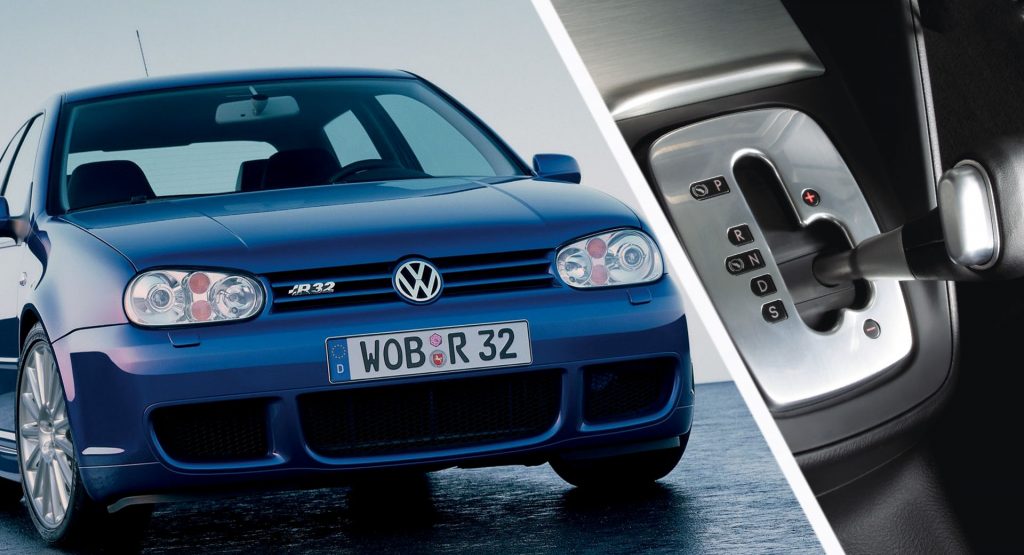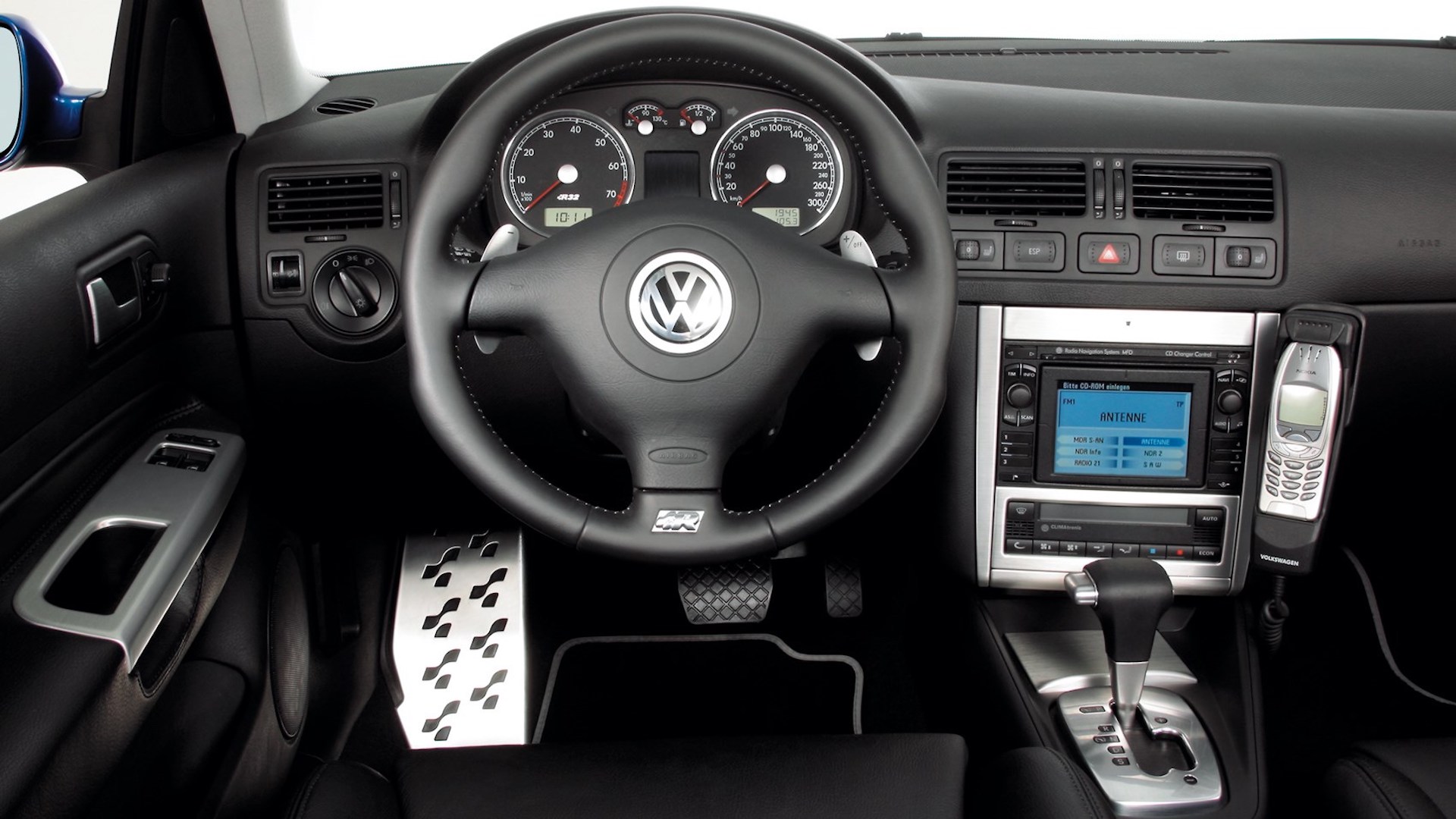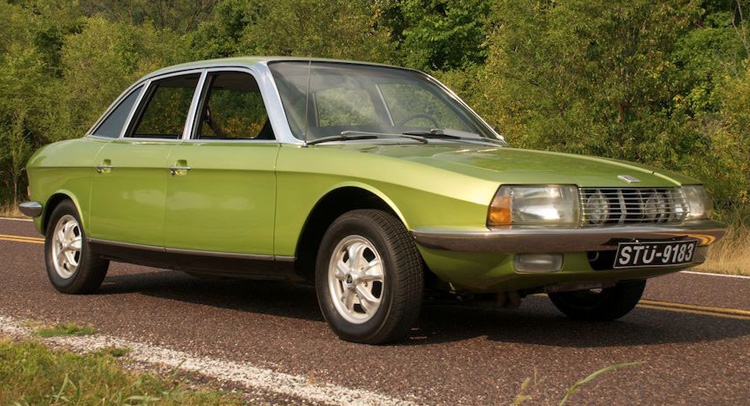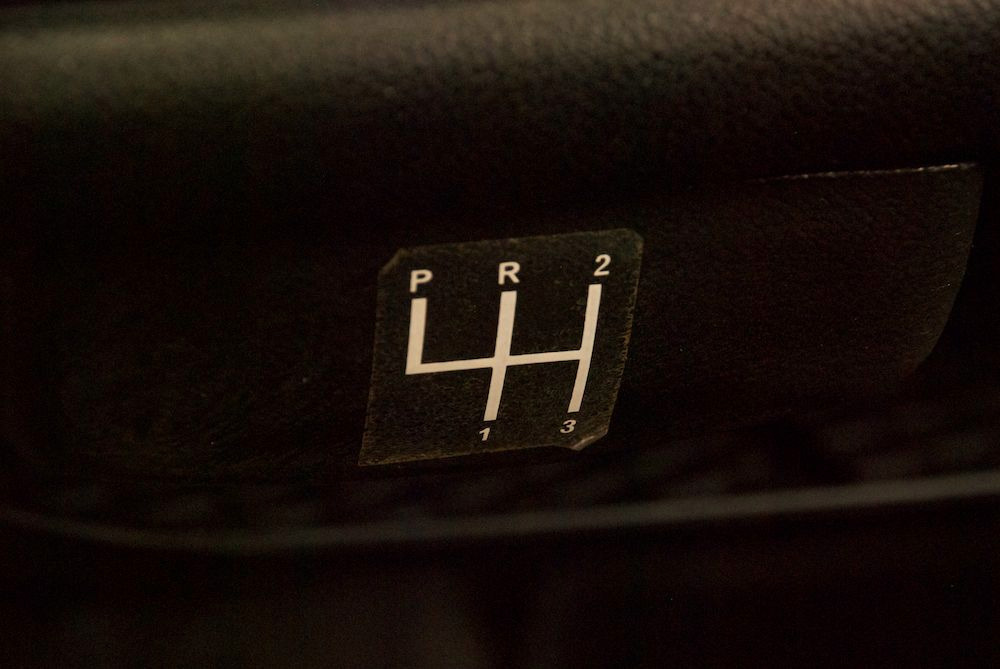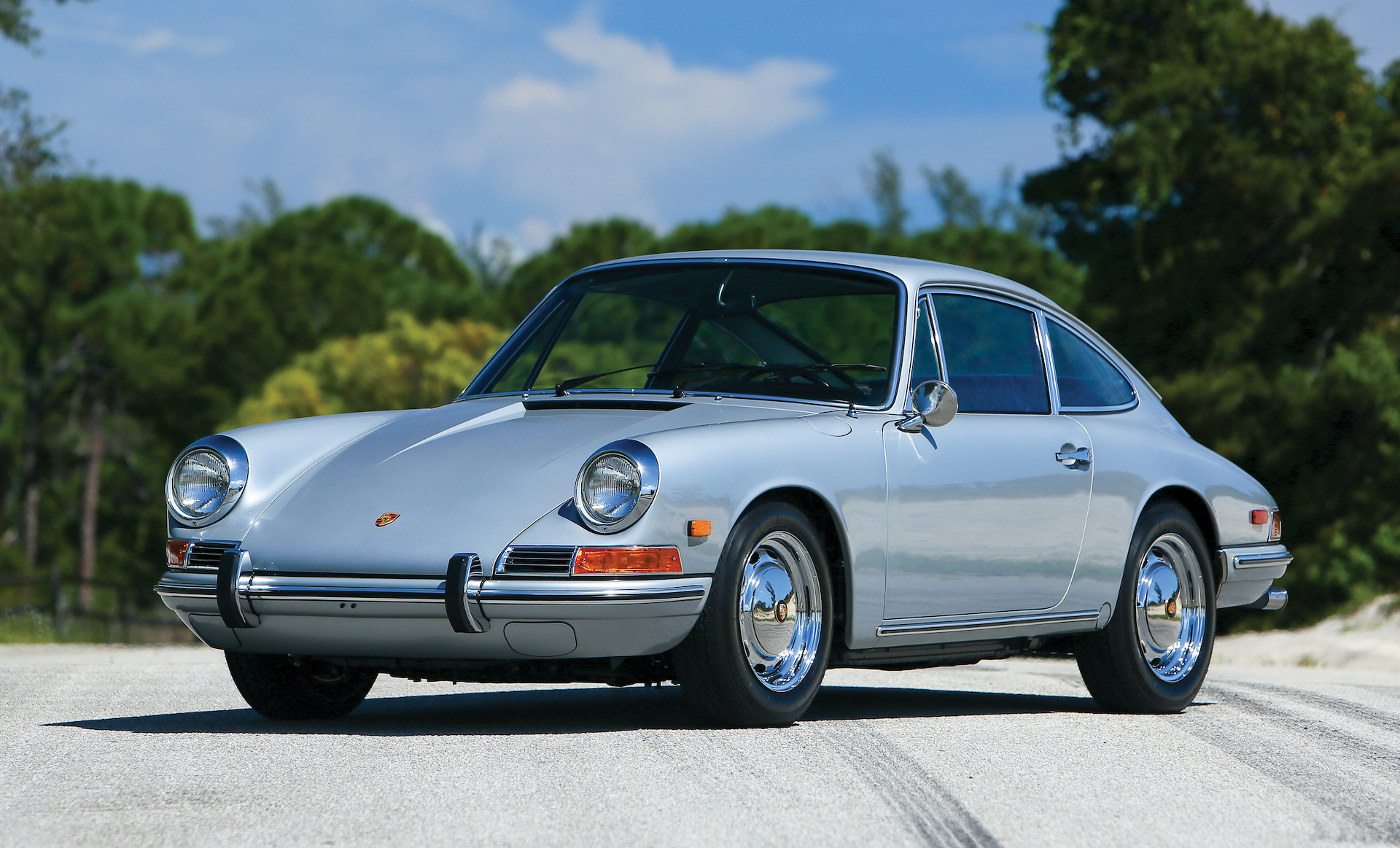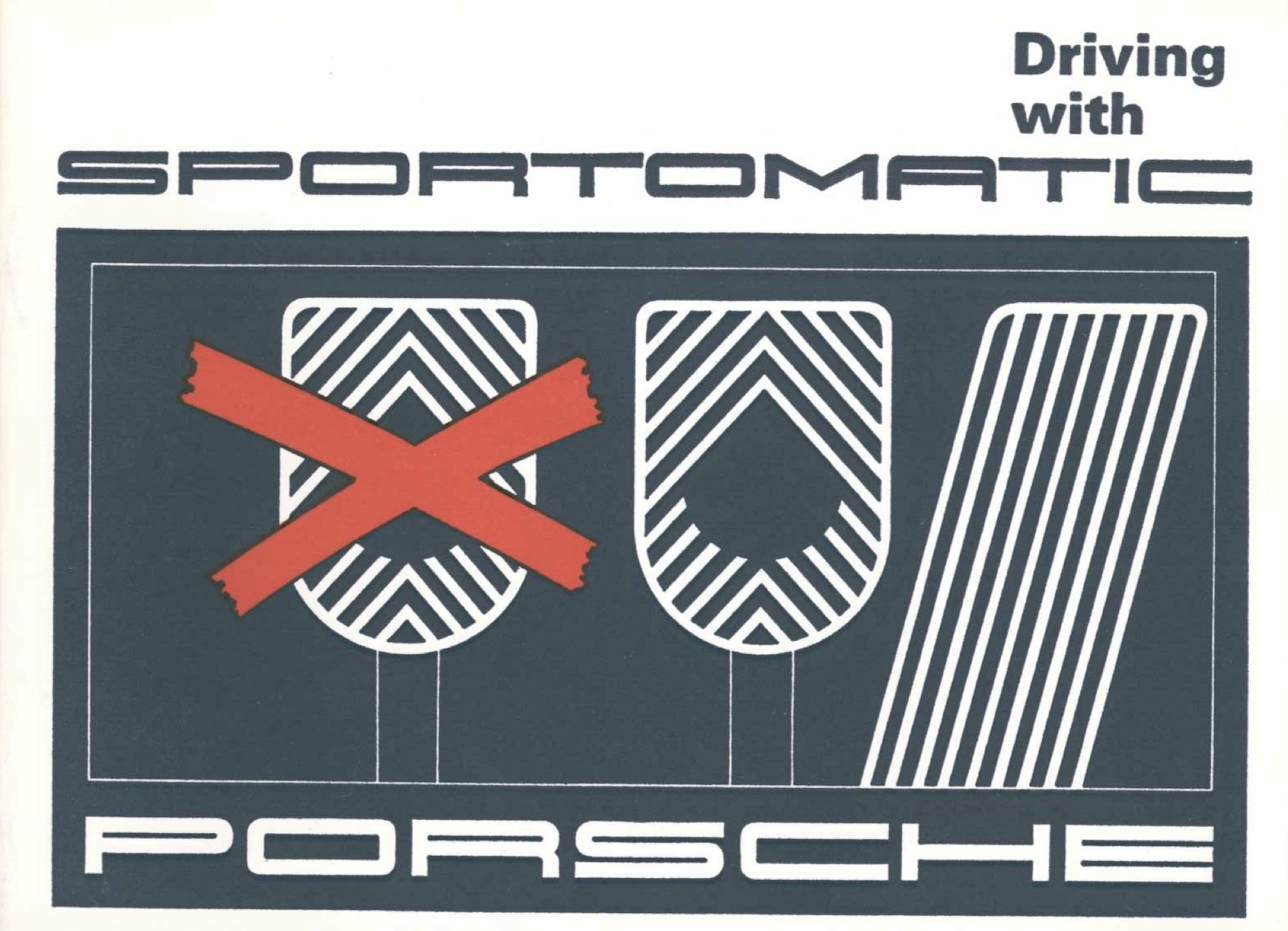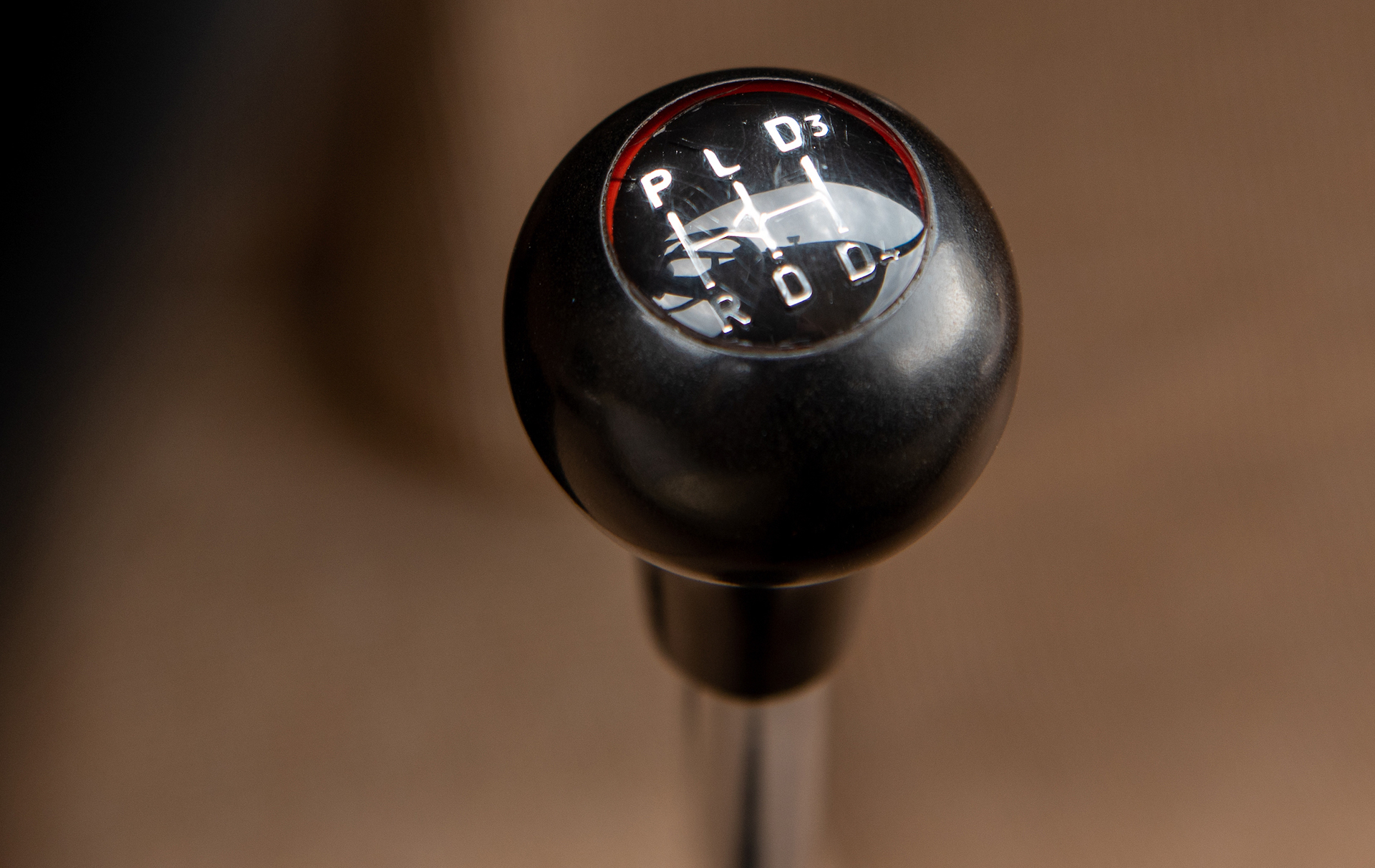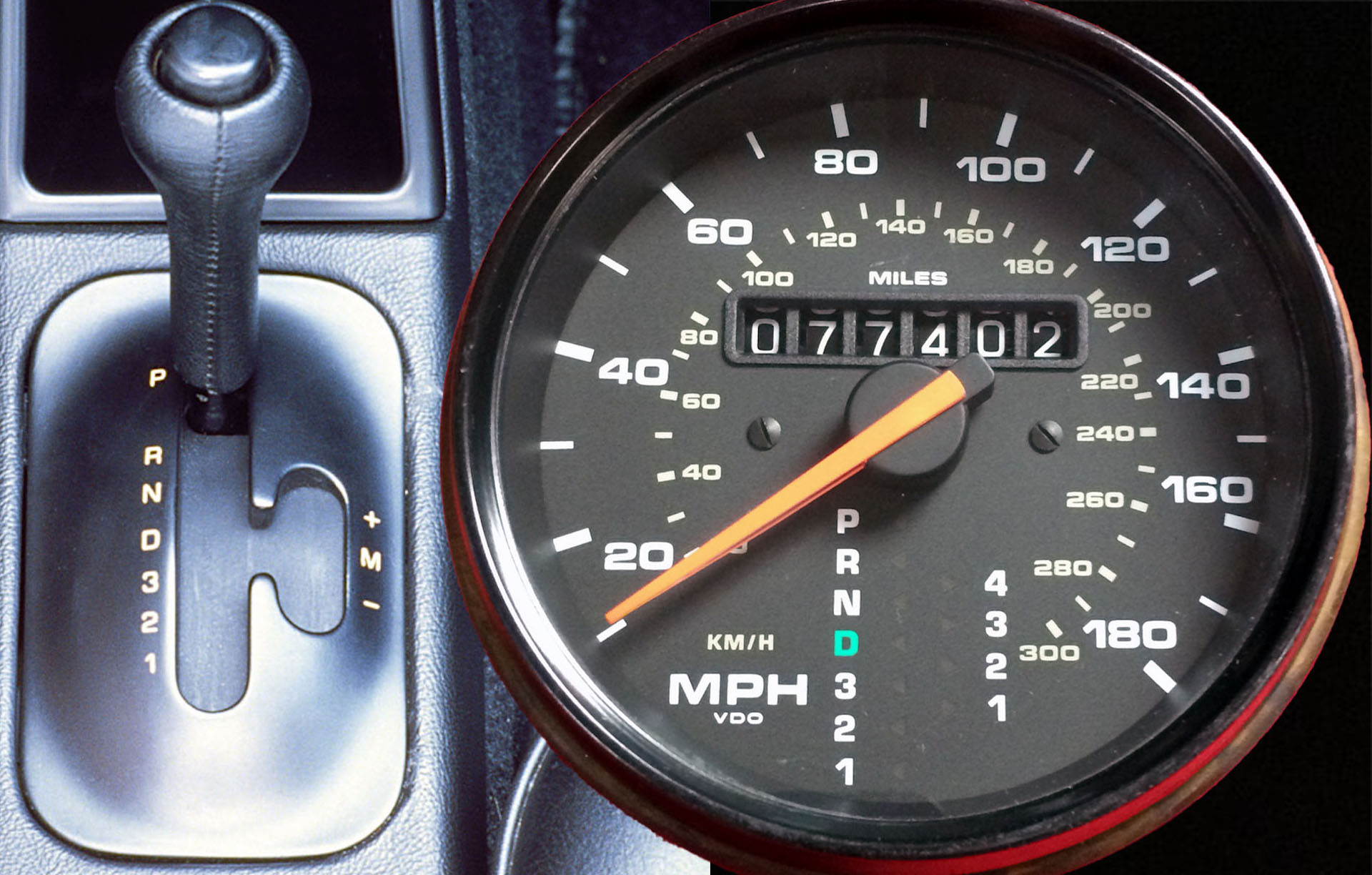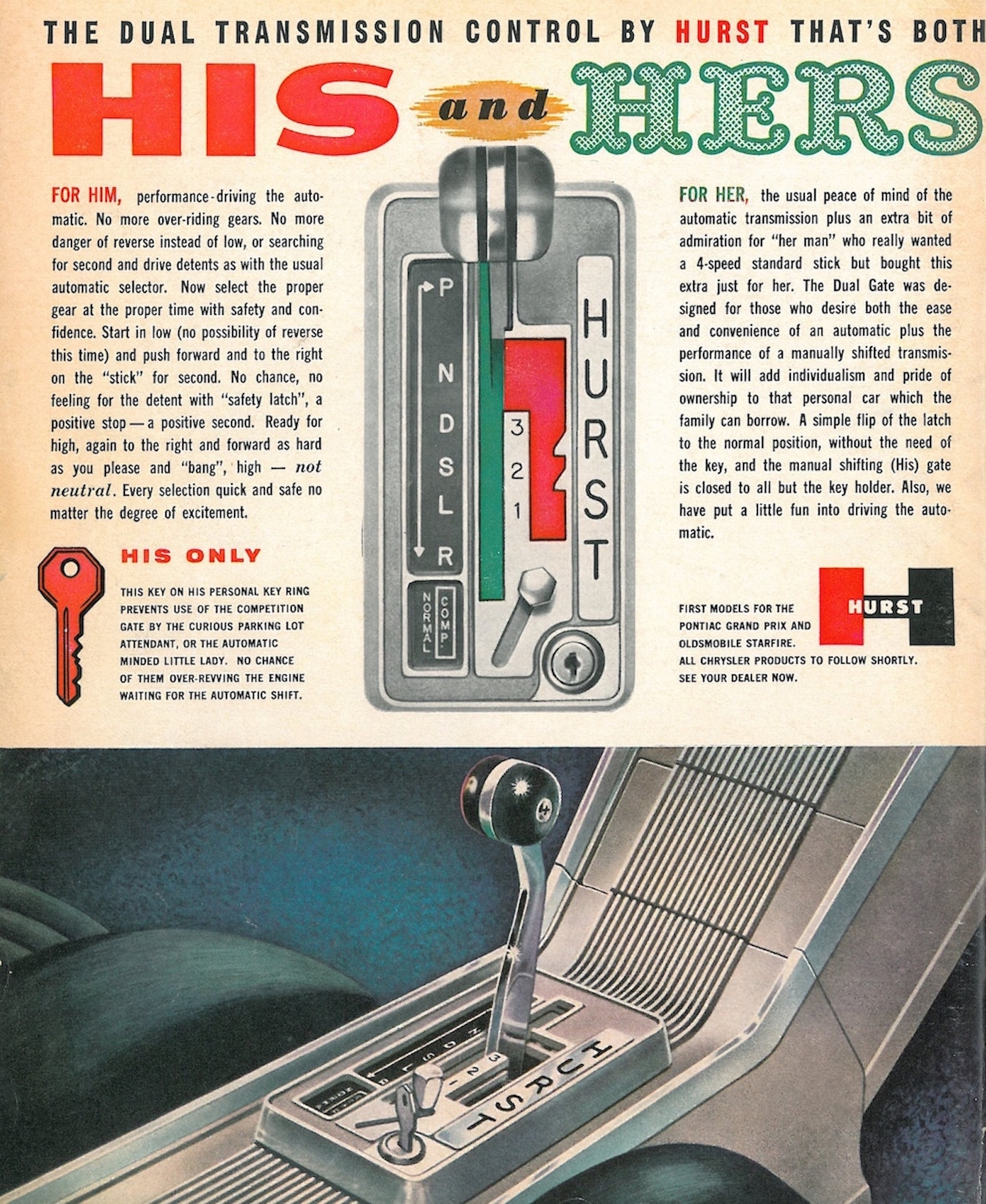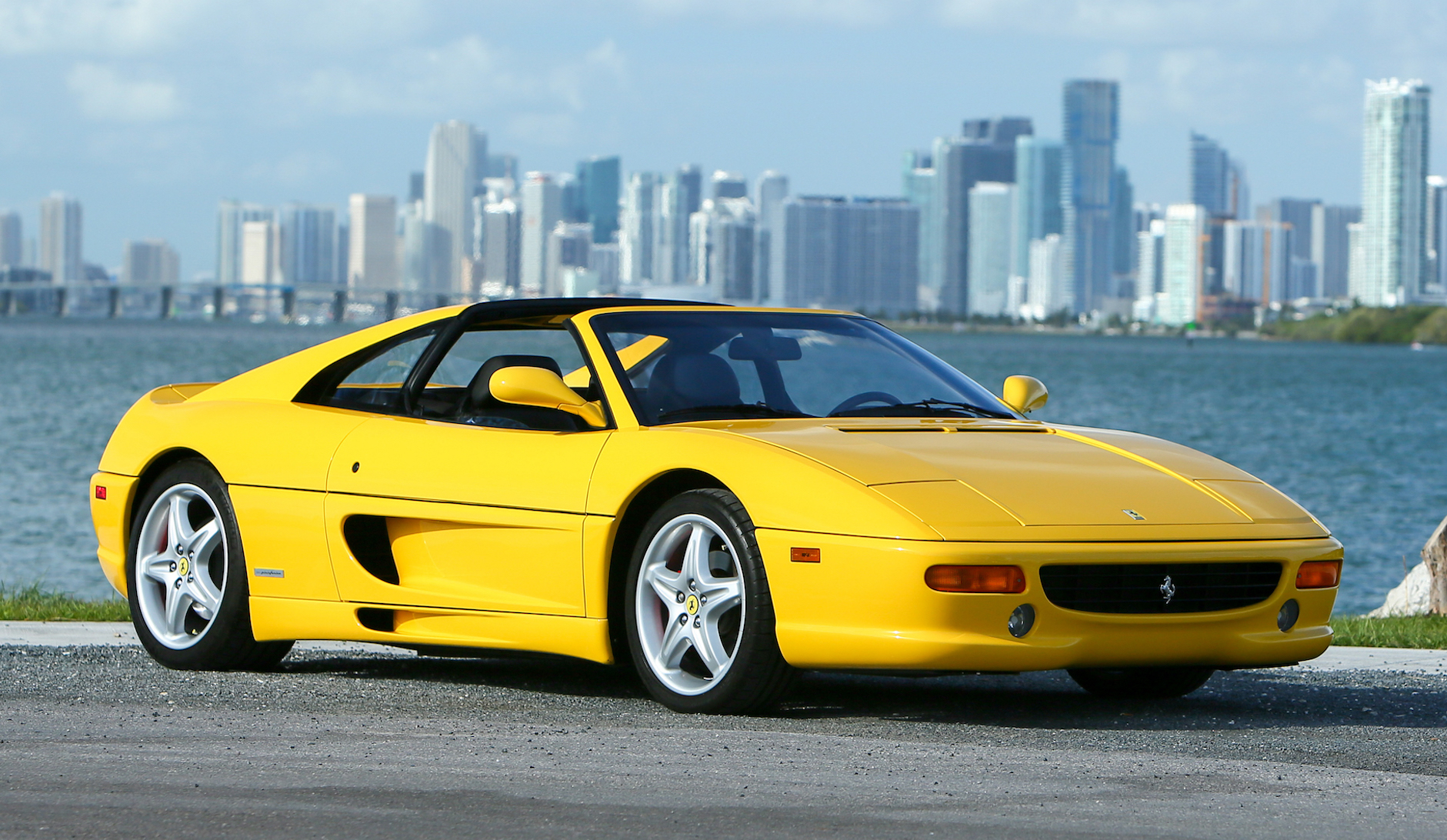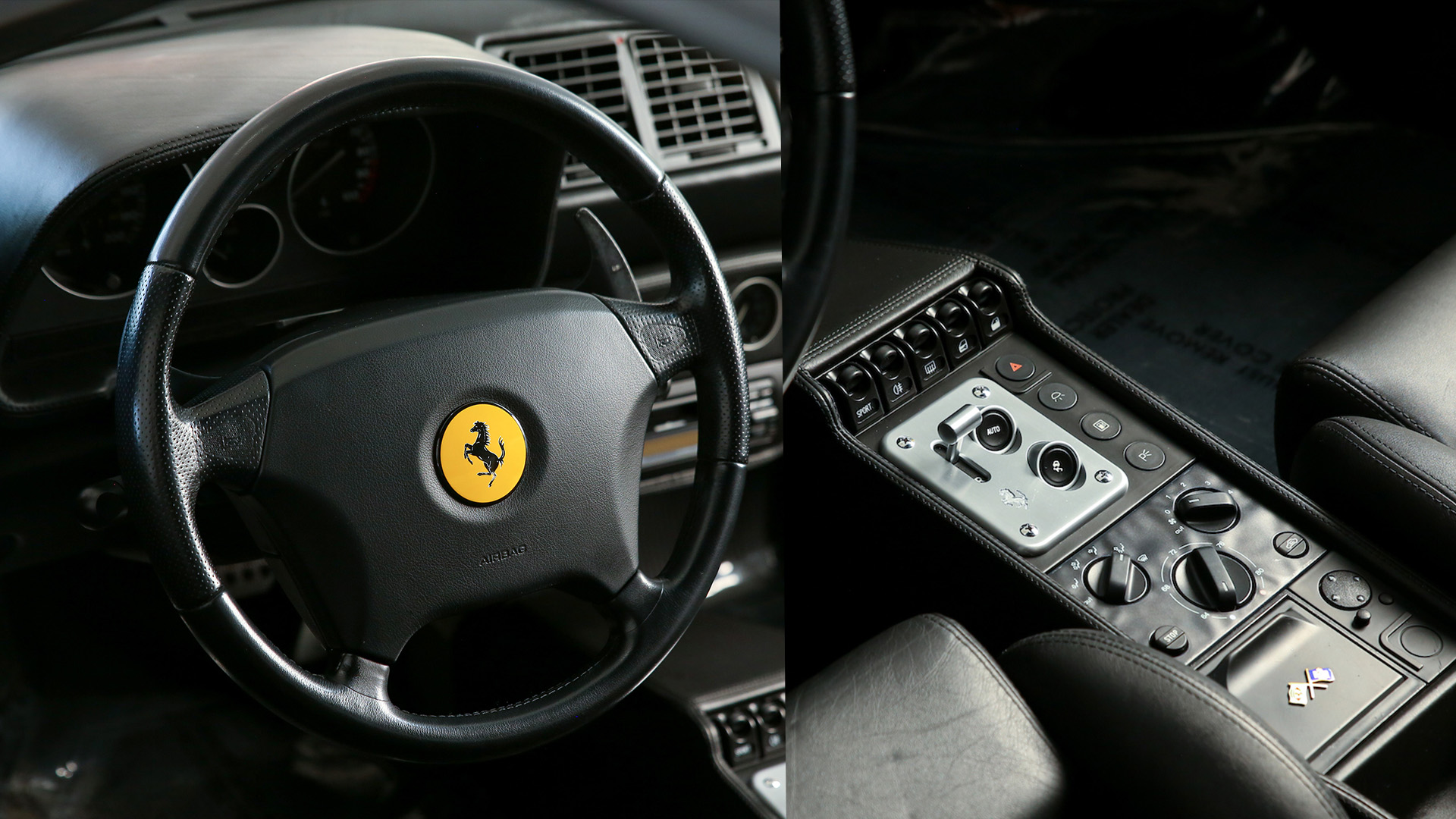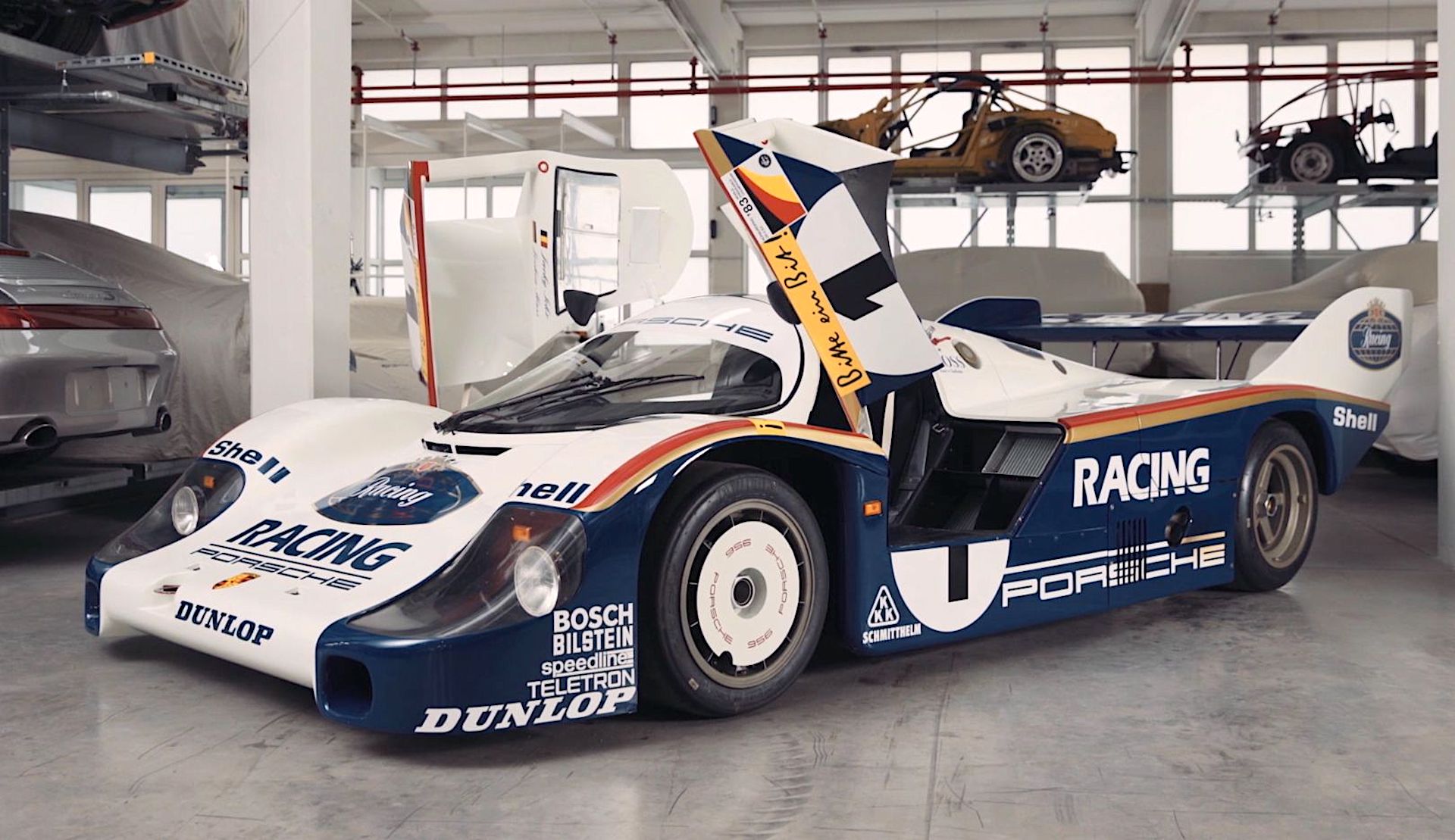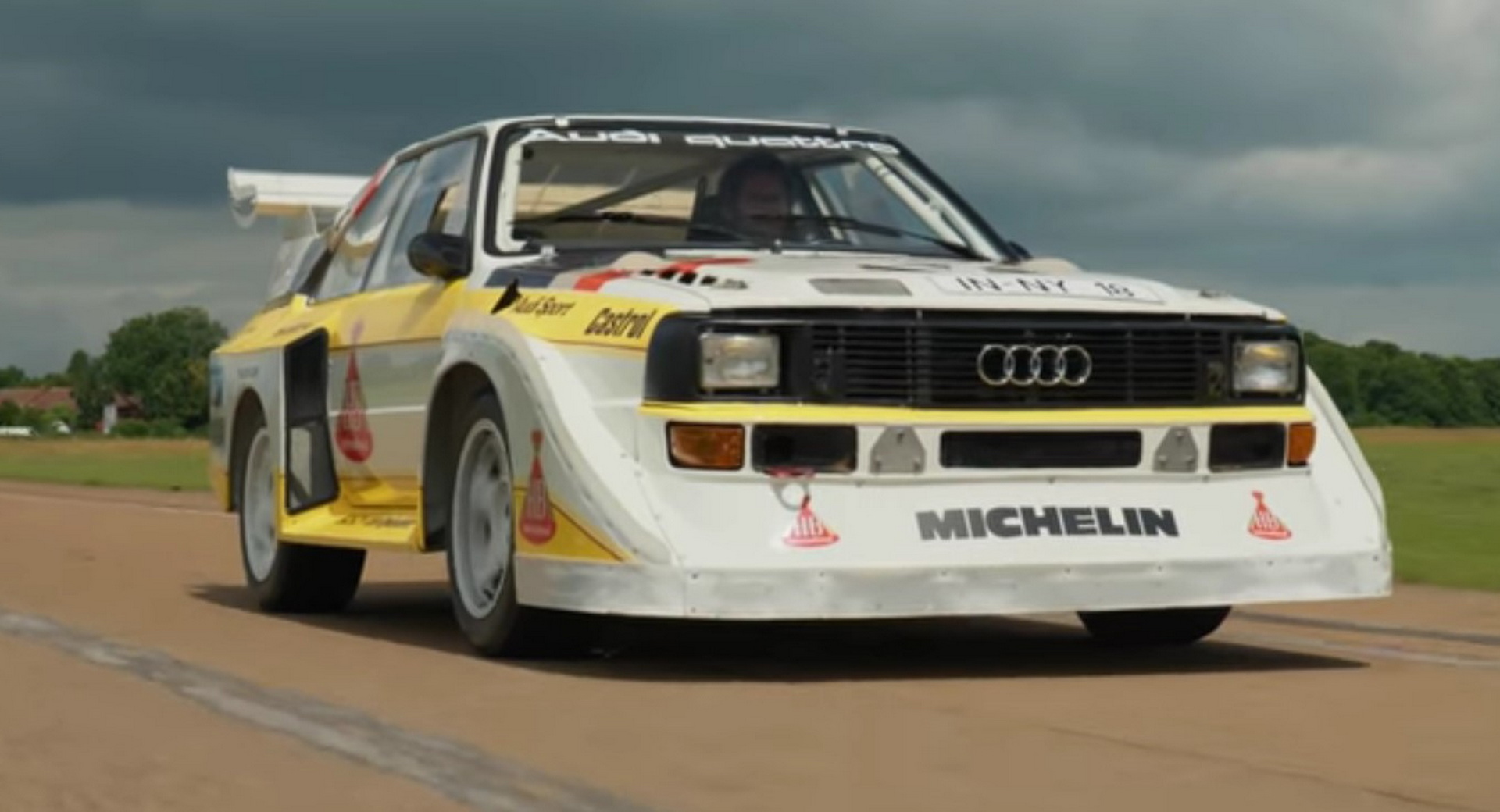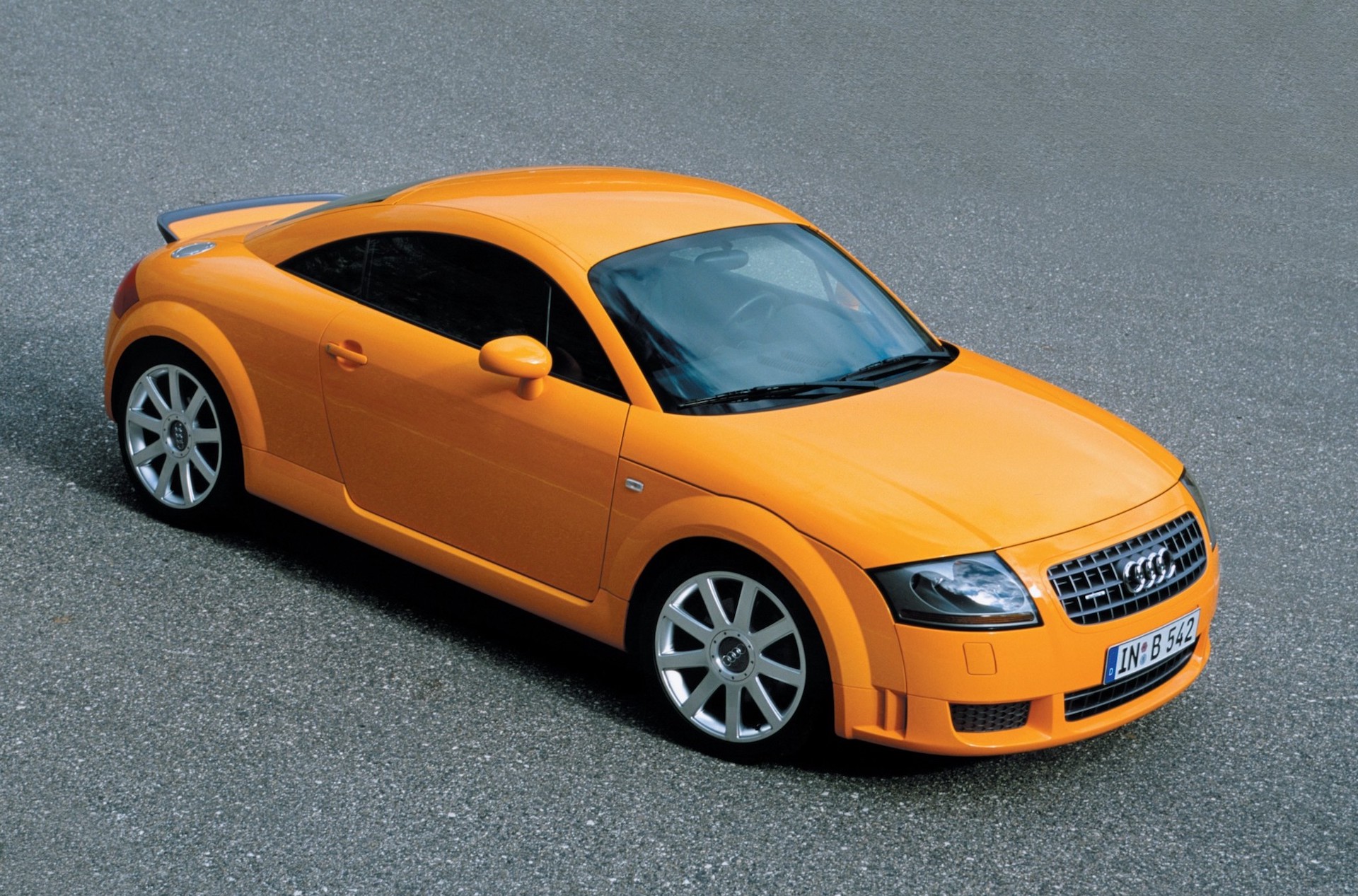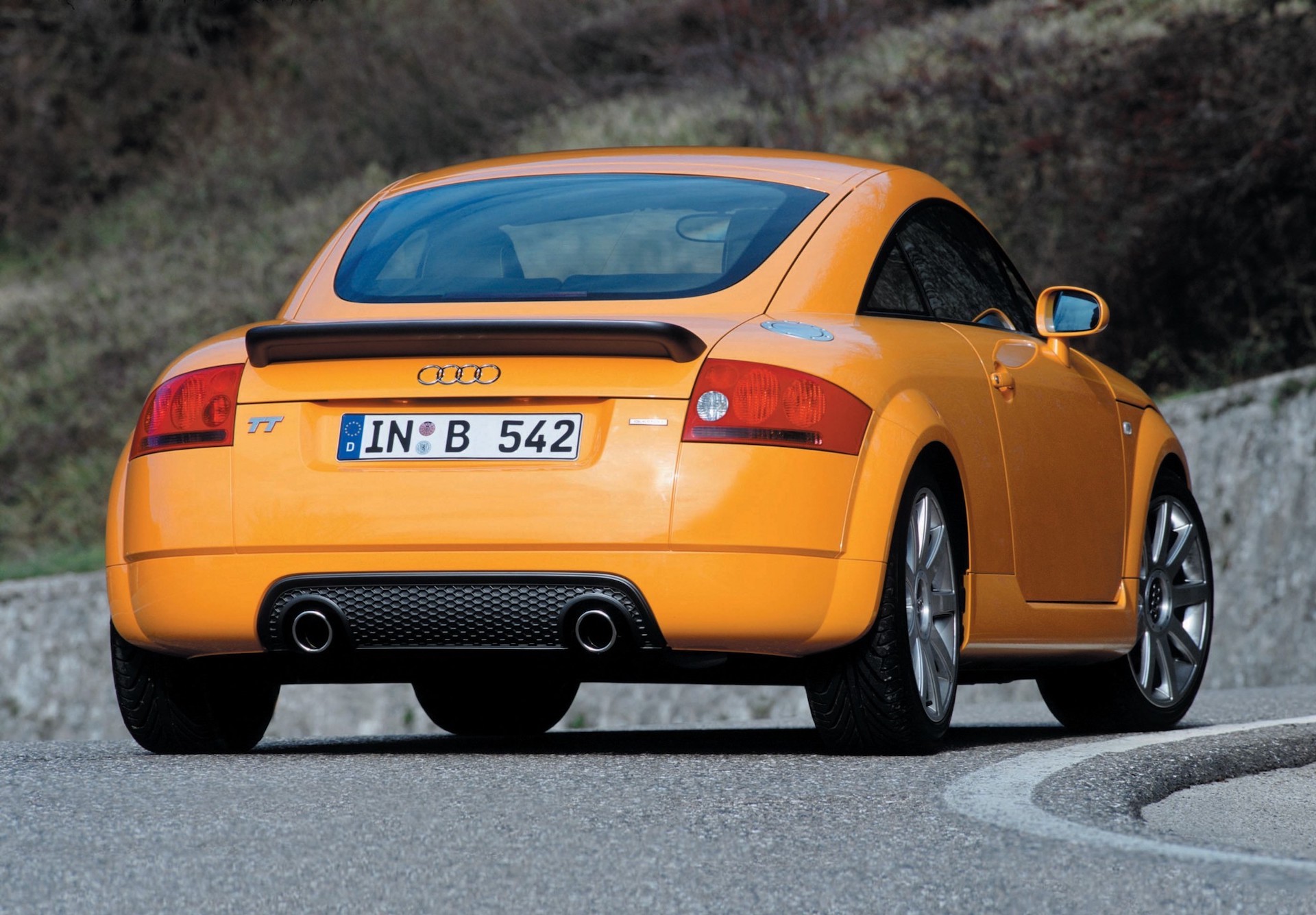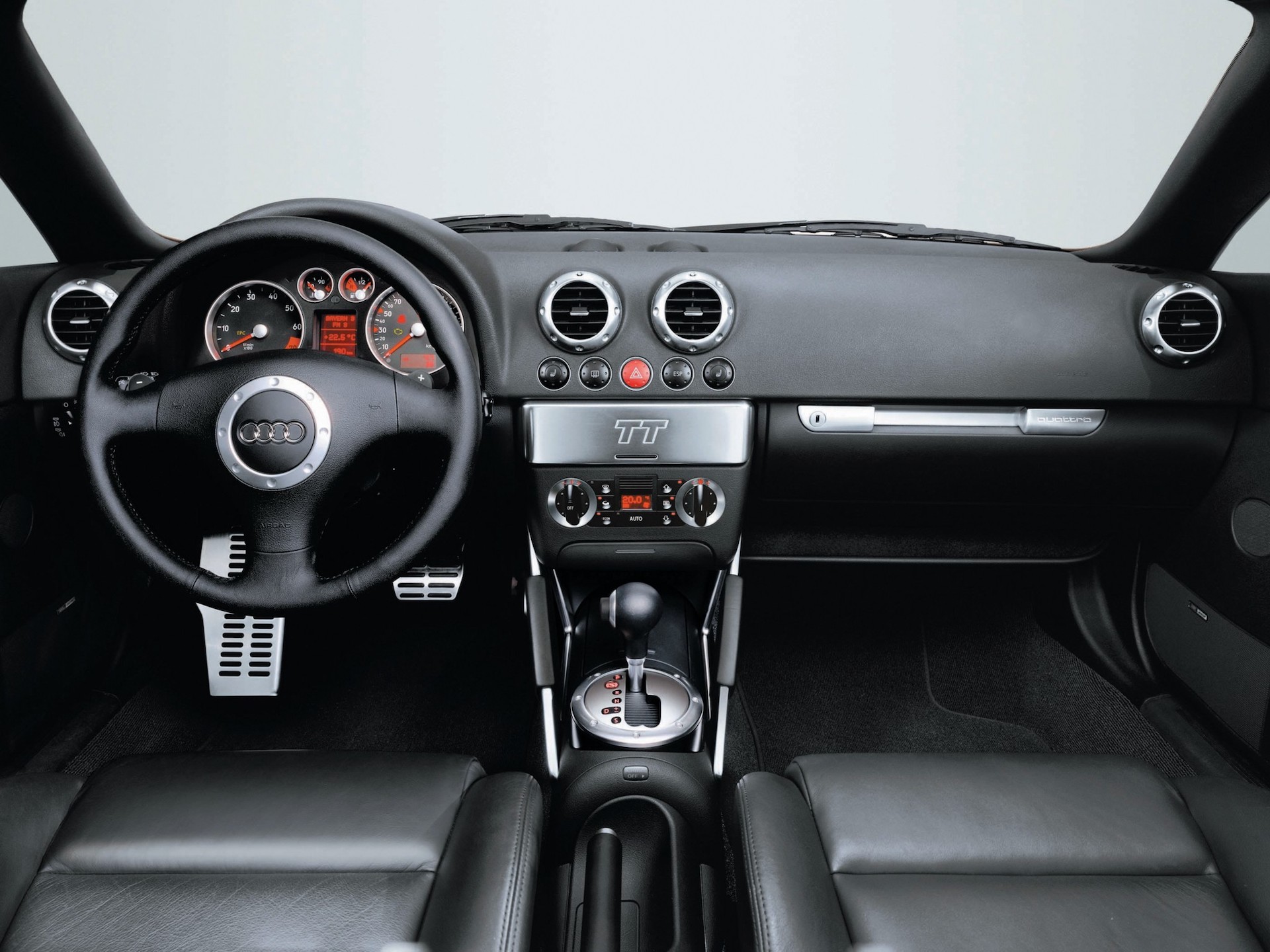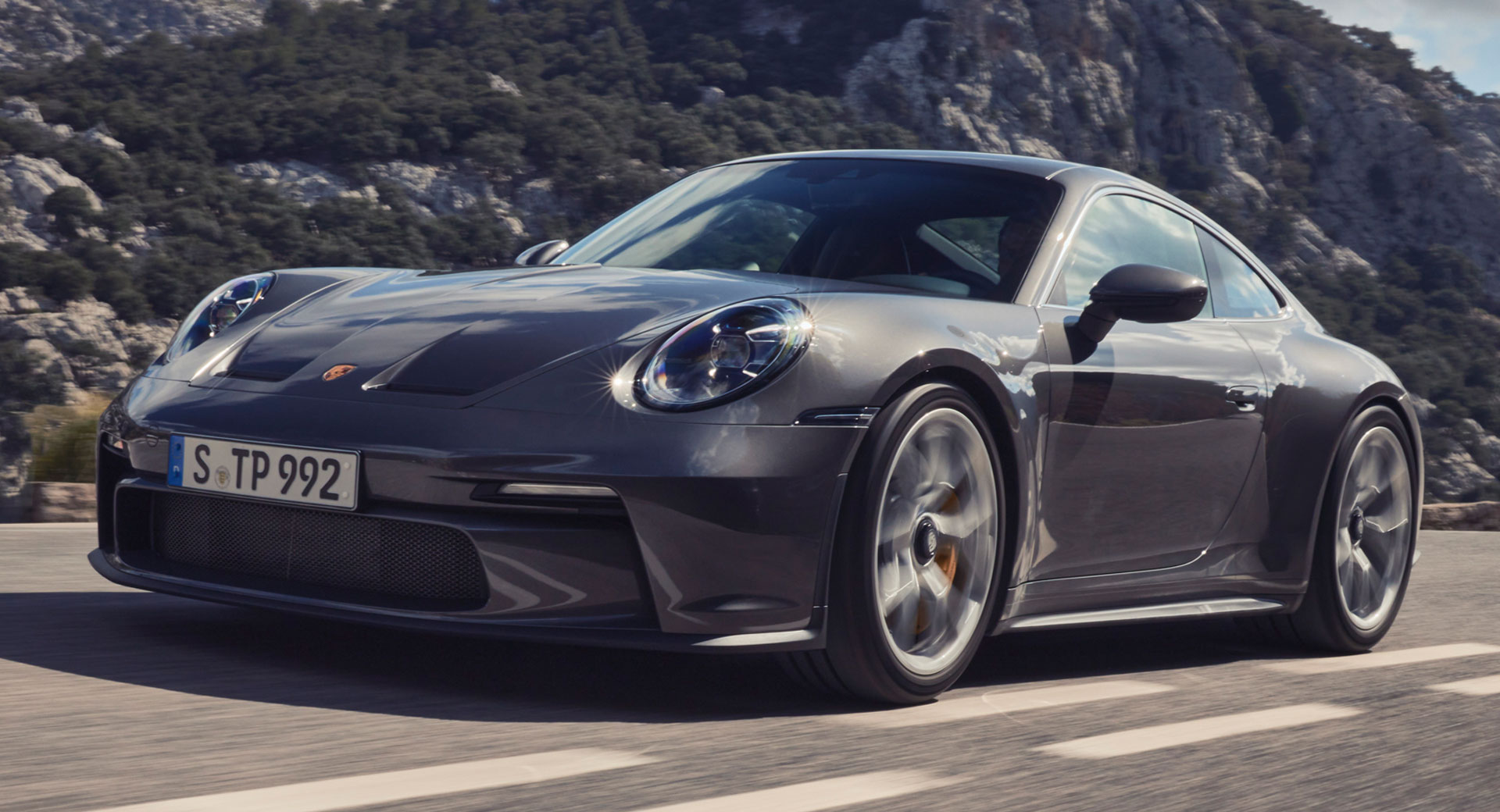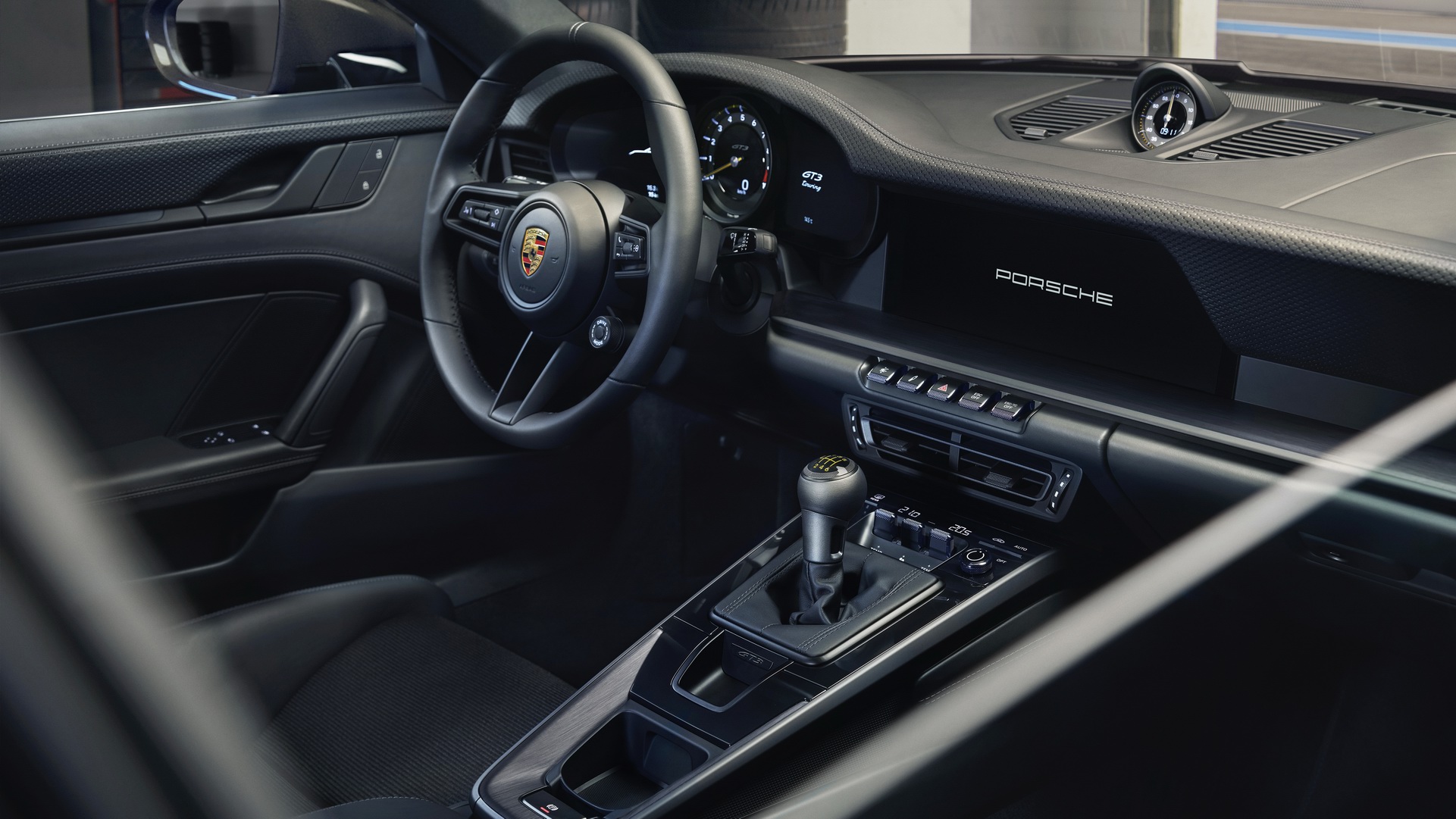Most people who get a kick out of driving also get a kick out shifting their own gears. Not with a push of a button, the tug of a paddle or the nudge of a lever, but with a deft combination of well timed feet and wrist movements that requires care, effort and skill to do well.
But even those people will concede that there are plenty of times when they’d happily hand over clutch and shifting duties to the car. Crawling though city traffic in a 90-minute commute twice a day in a manual car with a weighty shifter and snappy clutch is as joyless as carving through a canyon in an old three-speed automatic.
Until late 2002 though, there was little middle ground. Buyers had to decide whether they wanted to compromise on engagement or convenience. And then, in November 2002, VW put out a press release announcing a new type of transmission that would be available first on the Mk4 Golf R32 starting in spring 2003, and everything changed.
Developed by Borg Warner, this new “direct-shift” six-speed gearbox, or DSG, as VW branded it, utilized two separate clutch packs to engage the odd and even ratios, allowing rapid shifts with no perceptible interruption of power. According to VW’s own figures, a 247 hp (250 PS) Golf R32 fitted with the DSG transmission could hit 62 mph (100 km/h) in 6.4 seconds, compared with 6.6 seconds for the six-speed manual version, and guzzled less gas. But it was the promise of those smooth, seamless shifts that had everyone intrigued.
Related: Toyota Developing Fake Manuals For EVs, Patents Reveal
The Long Road To Making Manual Shifts Easier
VW wasn’t the first company to try to marry the best qualities of a traditional torque converter automatic, its ease of use and refinement when pulling away from rest, with the efficiency, response and snappier shifts of a manual. Back at the dawn of the 20th century carmakers, before automatic transmissions had been invented and manuals lacked synchromesh, meaning rev-blipping downshifts weren’t just for showing off but essential, carmakers invented various mechanisms to make manuals easier to drive, including adding fluid couplings and full torque converters. And by the 1960s, when Detroit had largely embraced the true automatic, semi-automatic manual transmissions were widely available on European cars.
The futuristic rotary-powered NSU Ro80 sedan of 1967 featured a three-speed manual transmission with a vacuum-operated clutch controlled by a microswitch inside the gear shifter that activated when you grabbed it (no cruising with your hand on the stick) and fitted with a torque converter for smooth getaways. VW offered a similar system called Autostick on its Beetle the following year, as did Porsche, though the 911’s Sportomatic had four forward gears.
I drove a Sportomatic 911 once and hated it, as it seems, did Car & Driver when the things were new. “We understand the reasons for it, but we disagree and we don’t like it,” the magazine wrote in March 1968. But sufficient people did like the Sportomatic to make it a regular fixture on the Porsche options for almost a decade. And they weren’t restricted to cruising duties. The lightweight, hardcore 911R was once of the most extreme Porsches ever built, as focused as any modern GT2 or GT3, but the 911 R ‘Quick’ Vic Elford, Hans Hermann and future BMW M founder Jochen Neerspach hurled around the Nurburgring Nordschleife for 84 crazy hours on the 1967 Marathon de la Route was fitted with, you guessed it, a Sportomatic box.
Heard The One About The “Automatic” F40?
Porsche ditched the Sportomatic option on 911 in the late 1970s but the idea lived on for another 20 years or so. Ferrari buyers could choose a semi-auto Mondial Valeo in the 1990s that combined a traditional gated manual and an electronically controlled clutch (it even built a one-off F40 with the same system for Fiat boss Gianni Agnelli), and Saab’s Sensonic transmission served the same function.
But in 1989 Porsche had returned with Tiptronic on the then-new 964-generation 911. The fact that this true ZF four-speed epicyclic automatic had an electronic brain that monitored throttle position and movement, road speed and ABS activation to help it choose between five available shift maps was pretty cool. What made it even more interesting was the dual shift gate, though Porsche can’t claim all the credit here.
Related: You Can Now Get An Aftermarket Manual Gearbox In Your Audi R8 Mk2, But There’s A Catch
Back in the 1960s, Hurst offered a spectacularly sexist (at least by today’s standards) “His and Hers” dual gate shift kit to help going fast in an automatic feel more like a manual, and you could even factory order it in some muscle cars. But Porsche’s gearbox was obviously far more sophisticated, and its parallel shift gate allowed drivers to rock the lever back or forward to go up or down through the gears, a bit like a sequential manual transmission in a racing car (though as true racers pointed out, the Plus-Minus layout was the reverse of the one in Porsche’s competition cars).
The Rise Of The Robotized Manual
The Tiptronic dual-gate setup spread to other carmakers, and soon sprouted gearshift buttons on the wheel, which later morphed into paddles. But at the same time, carmakers were also making genuine sequential manual versions of their manual transmissions. Ferrari’s original F1 paddle-shift gearbox on the F355, the E36 M3’s SMG sequential transmission and Alfa Romeo’s Selespeed were conventional manual transmissions in which the clutch and shifting duties were handled by a computer and hydraulics, and seemed pretty sexy when F1 racing cars themselves had only relatively recently swapped shift levers for paddles.
But neither the Tiptronic-style autos or paddle-shift manuals were perfect. The autos offered great refinement and smooth shifts, but didn’t have the response of a proper manual, and their heavy torque converters couldn’t be used for really high revving engines. Sequential manuals could handle the revs, but they disappointed some drivers who expected them to behave like regular automatics. They were jerky during low-speed driving, shifts at ordinary speeds were slow, and though they could shift gears fairly quickly on the way up the ‘box when you were really running hard, it was a different story on the way back down.
The Not So Revolutionary Twin-Clutch Transmission
Which is where we got to when the DSG arrived on the scene in late 2002. The twin clutch idea seemed revolutionary, but history buffs were happy to point out that even it wasn’t so new. French engineer Adolphe Kégresse invented the dual-clutch transmission way back in 1939, but never got it to production, and while Porsche’s original Doppelkupplungsgetriebe (PDK) was installed in 956 and 962 endurance racers and Audi’s Sport Quattro S1 rally car, neither brand brought the technology to the street for another 20 years.
So the DSG announced for the 2003 Golf R32 might not have been the first twin-clutch transmission, but it’s the one that changed the game. I didn’t get to try it on the Golf, but seven weeks after VW put out that release I was heading for Germany in a Porsche Boxster alongside another writer in one of the first Nissan 350Zs for a rendezvous with the new Audi TT V6, which shared the R32’s motor and had also received the trick new transmission.
Jeez, it was a revelation. We’ve become so blasé about dual-clutch transmissions that you forget how incredible they seemed back then. The Audi’s narrow-angle V6 (which you could also get with a six-speed stick) sounded fabulous, and felt so much keener to rev than the 350Z’s true V6. But it was the DSG transmission, which Audi later rebranded as S tronic, that was the undoubted highlight of the meet-up.
Okay, so it still didn’t quite have the same velvety traffic refinement of a “real” automatic, but it was close enough, and when it finally hit the streets in 2003 the way it sliced those ratios, both up and down the ‘box, was finally enough to convince some of the most committed automatic-hating manual die-hards that not only could a two-pedal car be fun, but maybe it wasn’t social suicide to admit to your snooty stick-shift buddies that you bought one over a manual.
Over the last two decades almost every automaker from Alfa Romeo to Volvo, by way of Bugatti and Ferrari, has offered a twin-clutch transmission at some point. Along the way we’ve discovered that they have their foibles, including added weight, plus clutch wear, especially if not cared for. But it’s largely thanks to twin-clutch technology that manual-loving Europeans finally embraced two-pedal driving whether buying a Peugeot or a Porsche. The Stuttgart automaker finally released a street version of its PDK concept in 2008, and these days over 75 percent of 718 and 911 cars sold are equipped with the twin-clutch transmission.
Related: What’s The Best Manual Transmission You’ve Shifted?
One exception to that rule though is the 911 GT3. American buyers of the old 991.2 GT3 chose a manual transmission one out of every two times, and there was outcry last year when it briefly looked like California wouldn’t allow the stick-shift version of the GT3 to be sold there.
Twin-clutch transmissions might have finally given us a way of enjoying our cars in a wider range of environments without forcing us to compromise entertainment or comfort, but some people will be clinging on to that clutch pedal and shifter until their very last breath. Which is precisely why Toyota’s bonkers idea to patent a fake manual transmission for EVs isn’t as crazy as it sounds.




